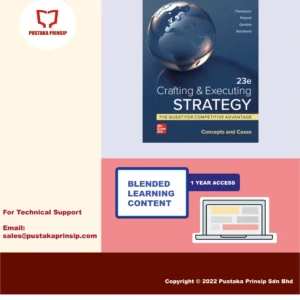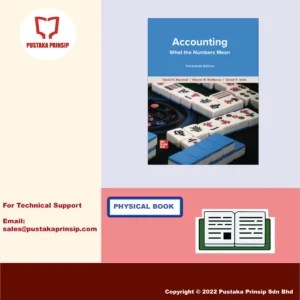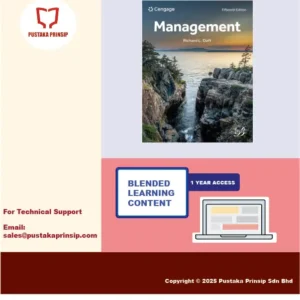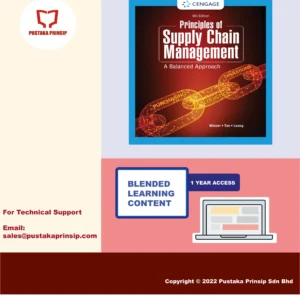No products in the cart.
1 year Online Content Access
Code will be sent via email
Features
- “OFFICE HOURS” LEARNING FEATURE GIVES A BEHIND THE SCENES EXPLANATION OF CHAPTER TOPICS. This engaging feature lets students witness a back-and-forth dialogue between instructor and student on a topic highlighted within the chapter. These back-and-forth dialogues also help clarify or expand upon previously discussed topic.
- VIRTUALLY ENDLESS CUSTOMIZATION CHOICES OFFER ULTIMATE TEACHING FLEXIBILITY. You can easily rearrange this edition’s chapters to best suit your individualized course. You can also customize online chapters for print. In addition, you can add any topic, including your own research, notes or specialized content from the Cengage Economics Issues database.
- “QUESTIONS TO ANSWER BEFORE GOING TO CLASS” HELPS STUDENTS PREPARE FOR MEANINGFUL, INTERACTIVE CLASS DISCUSSIONS. This feature gives students an opportunity to answer 15–25 thought-provoking questions based on the chapter reading. Answering these questions gives students confidence in their preparation for upcoming class lectures.
- LEADING APLIA DIGITAL MANAGEMENT SYSTEM ENCOURAGES INTERACTIVE LEARNING. Aplia online resources offer comprehensive, interactive economic problem sets, analyses, tutorials, experiments and critical-thinking exercises that require students to take an active role in the learning process. Based on discovery learning, the system helps students improve their economic understanding without creating extra work for you, the instructor. The system automatically grades and records homework and works with any learning management system.
- “ECONOMICS 24/7” FEATURE ILLUSTRATES THE PRACTICAL RELEVANCE OF KEY CONCEPTS. This engaging feature explains timely issues when using economic analysis. For example, students examine personal topics, such as why “shortages” on freeways occur, what price has to do with being late to class, what studying has to do with one’s production possibilities frontier and what can cause grade inflation. Readers learn to look for economic forces at work as they study the principles behind those forces.
- “WHAT’S WRONG WITH THIS DIAGRAM?” AND RELATED FEATURES HELP STUDENTS MASTER DIAGRAMS FOR ECONOMICS. This feature works with proven “Working With Diagrams” and “Progression Graphs” learning aids to help students master both reading and understanding all of the critical diagrams found in today’s economics principles course.
- “FINDING ECONOMICS” BRIEF FEATURES LIFT EXAMPLES OF ECONOMICS IN STUDENTS’ DAILY LIVES. Economics occurs everywhere around today’s students — as long as they know where to look. This short feature provides examples from the many thousands of places where economics is at work in daily life.
- “THINKING LIKE AN ECONOMIST” FEATURES HIGHLIGHT HOW TODAY’S ECONOMISTS APPROACH TOPICS. This short yet insightful feature identifies key concepts and details the thinking behind trusted economist when they study these topics.
- THIS EDITION DEVOTES ENTIRE CHAPTERS TO CREATIVE DESTRUCTION, CRONY CAPITALISM AND ECONOMIC RESEARCH. The new Chapter 18 on creative destruction and crony capitalism demonstrates how both are relevant to the economy in the early 21st Century, while Chapter 33 explains how economists conduct research today with emphasis on randomized control trials, natural experiments, instrumental variables, cutoff rules, regression discontinuity, big data and machine learning. While the topics may be new to the principles course, they are discussed in a way that students can easily understand.
Related products
Daft : Management 15th Edition
RM80.00




